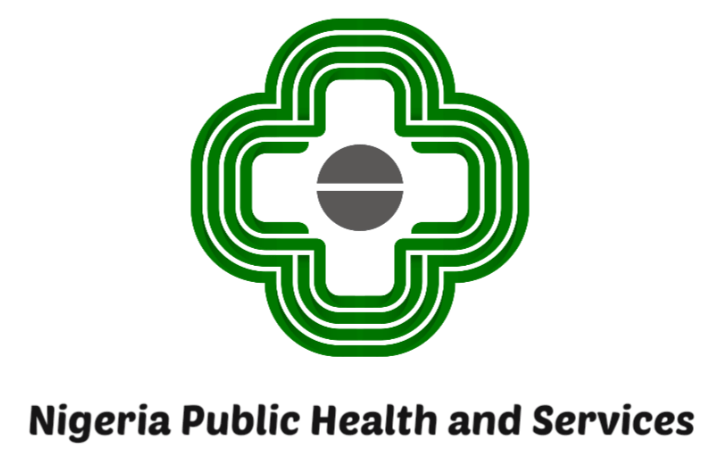Blindness and Vision Loss
Blindness and vision loss refer to a significant reduction or complete loss of the ability to see. These conditions can affect one or both eyes and may be partial or total. Vision impairment can severely impact daily life, making it challenging to perform routine tasks and diminishing quality of life.
Illness and Conditions
Several illnesses and conditions can lead to blindness or vision loss, including:
- Glaucoma: A group of eye diseases that damage the optic nerve, often due to high eye pressure.
- Cataracts: Clouding of the eye’s lens leading to blurry vision.
- Age-related Macular Degeneration (AMD): Deterioration of the central part of the retina (macula) affecting central vision.
- Diabetic Retinopathy: Damage to the blood vessels of the retina caused by diabetes.
- Retinitis Pigmentosa: A group of genetic disorders that affect the retina’s ability to respond to light.
- Optic Neuritis: Inflammation of the optic nerve is often associated with multiple sclerosis.
Symptoms
Symptoms of vision loss and blindness vary depending on the cause but may include:
- Blurred or cloudy vision
- Difficulty seeing at night
- Loss of peripheral (side) vision
- Seeing floaters or flashes of light
- Sudden vision loss
- Trouble distinguishing colours
- Complete inability to see (in cases of total blindness)
Causes
The causes of blindness and vision loss are diverse and can include:
- Age-related degeneration
- Injury or trauma to the eye
- Infections such as trachoma or onchocerciasis
- Genetic factors and inherited conditions
- Chronic diseases like diabetes and hypertension
- Exposure to harmful substances or prolonged ultraviolet light
- Nutritional deficiencies, especially Vitamin A deficiency
Diagnosis
Diagnosis of blindness or vision loss involves a comprehensive eye examination by an ophthalmologist or optometrist. This may include:
- Visual acuity tests
- Eye pressure measurement
- Examination of the retina and optic nerve using ophthalmoscopy
- Imaging tests such as Optical Coherence Tomography (OCT) or fluorescein angiography
- Visual field tests to check peripheral vision
- Blood tests are performed if a systemic disease is suspected
Treatment
Treatment depends on the underlying cause of vision loss:
- Medications: Eye drops for glaucoma, steroids for optic neuritis, or antibiotics for infections.
- Surgery: Cataract removal, laser therapy for diabetic retinopathy, or retinal detachment repair.
- Assistive devices: Magnifiers, special glasses, or electronic devices to aid low vision.
- Rehabilitation: Vision therapy and orientation training for those with significant vision loss.
In some cases, vision loss may be irreversible, but early intervention can prevent progression.
Prevention
Preventing blindness and vision loss involves several important measures:
- Regular eye check-ups, especially for those over 40 or with risk factors
- Managing chronic illnesses like diabetes and hypertension effectively
- Protecting eyes from injury with appropriate safety gear
- Avoid prolonged exposure to UV light by wearing sunglasses
- Maintaining a healthy diet rich in vitamins A, C, and E
- Avoiding smoking, which increases the risk of AMD and other eye conditions
- Promptly treating eye infections and injuries
Early detection and proper management are key to preserving vision and preventing blindness.
